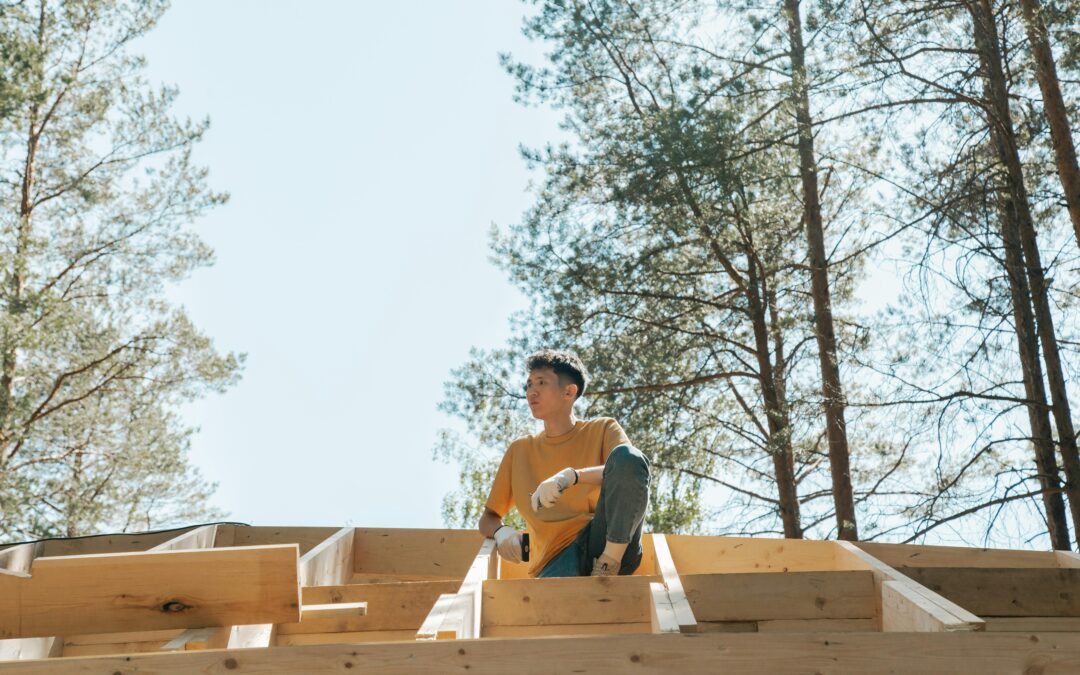Flat roofs are a practical and modern solution for commercial and residential buildings alike. However, they require specialized care to remain functional and durable. That’s where flat roof coatings come into play. These coatings provide a protective barrier, enhance energy efficiency, and significantly extend the life of your roof. Let’s dive into everything you need to know about flat roof coatings.
Benefits of Flat Roof Coatings
1. Extended Roof Lifespan
Flat roof coatings protect the underlying structure from UV rays, moisture, and other environmental hazards, which can lead to wear and tear over time.
2. Improved Energy Efficiency
Reflective coatings help reduce heat absorption, keeping your building cooler and cutting down on energy costs during hot weather.
3. Protection Against Weather Damage
Flat roofs are especially prone to pooling water, which can cause leaks and structural issues. Coatings create a waterproof barrier to protect against rain and snow.
4. Cost Savings on Repairs
Regular application of roof coatings can prevent costly repairs by addressing minor issues before they become major problems.
Types of Flat Roof Coatings
1. Acrylic Coatings
Known for their affordability and UV resistance, acrylic coatings are lightweight and easy to apply. They are ideal for warmer climates but may struggle in areas with frequent rain.
2. Silicone Coatings
Silicone coatings are highly durable and excellent for areas with heavy rainfall. They provide superior water resistance but are often more expensive than other options.
3. Polyurethane Coatings
Polyurethane coatings are tough and ideal for high-traffic roofs. They offer excellent durability and impact resistance but can be costlier.
4. Asphalt-Based Coatings
These coatings are economical and work well on older flat roofs. However, they may lack the flexibility and UV resistance of other materials.
How to Choose the Right Flat Roof Coating
1. Consider Your Climate
Hot and sunny areas benefit from reflective coatings, while wet climates may require water-resistant silicone coatings.
2. Compatibility with Existing Roof Material
Ensure that the coating you choose adheres well to the material of your existing roof, whether it’s metal, concrete, or rubber.
3. Cost and Longevity
Balance your budget with the durability of the coating. Spending a bit more upfront can save you money in the long run.
Step-by-Step Guide to Applying Flat Roof Coatings
Preparing the Roof Surface
Start by cleaning the roof to remove dirt, debris, and any old coating. Repair cracks and leaks to ensure a smooth application.
Choosing the Right Tools and Materials
You’ll need brushes, rollers, or sprayers, depending on the type of coating. Follow the manufacturer’s guidelines for best results.
Application Process Explained
Apply the coating evenly across the roof, paying extra attention to seams and edges. Use multiple coats if recommended.
Drying and Curing Time
Allow the coating to dry and cure completely before exposing it to rain or foot traffic. This may take anywhere from 24 to 72 hours.
Maintenance Tips for Flat Roof Coatings
Regular Inspections
Check your roof for signs of wear, such as cracks or peeling, at least twice a year and after severe weather.
Cleaning and Debris Removal
Keep the roof clean by removing leaves, branches, and other debris that can trap moisture and cause damage.
Recoating When Needed
Reapply the coating every few years or as recommended by the manufacturer to maintain its protective qualities.
Common Mistakes to Avoid
Skipping Surface Preparation
Failing to clean and repair the roof before application can cause the coating to fail prematurely.
Applying Too Thin or Thick Layers
Follow the manufacturer’s guidelines to ensure the coating is applied at the correct thickness.
Ignoring Weather Conditions During Application
Avoid applying coatings during rain, extreme heat, or freezing temperatures, as this can affect the drying process.
Cost of Flat Roof Coatings
Factors Affecting Cost
Costs vary based on the type of coating, roof size, and labor charges if you hire a professional.
Average Pricing by Coating Type
Acrylic coatings typically cost $1-$2 per square foot, while silicone and polyurethane coatings range from $3-$5 per square foot.
Environmental Impact of Flat Roof Coatings
Energy Efficiency and Sustainability
Reflective coatings reduce energy consumption by lowering cooling costs, making them a green choice for building owners.
Eco-Friendly Coating Options
Look for coatings made with low-VOC (volatile organic compound) materials for an environmentally friendly solution.
Conclusion
Flat roof coatings are an essential investment for maintaining and protecting your roof. Whether you’re looking to extend its lifespan, improve energy efficiency, or prevent costly repairs, the right coating can make all the difference. Take the time to choose a suitable coating and follow proper application and maintenance practices for the best results.

Recent Comments